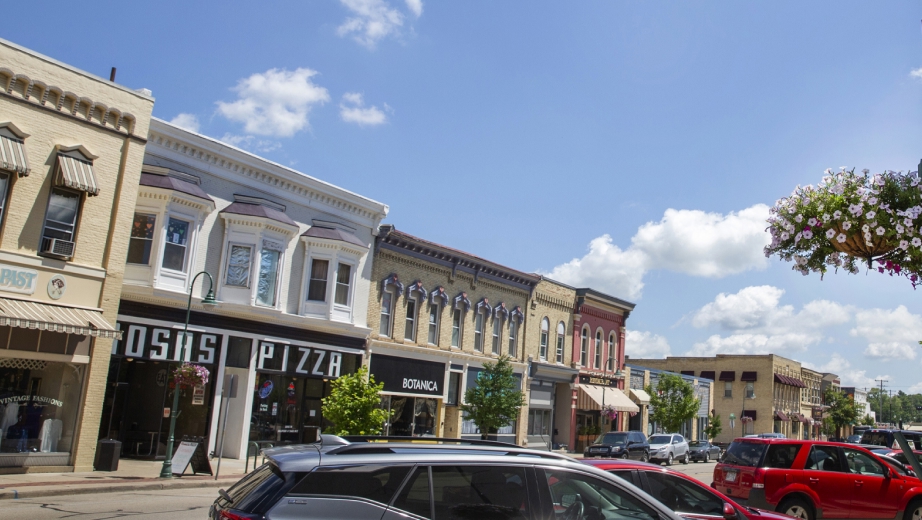
Meet the House
A couple on Prairie Street called me last month. Their place is the kind of historic beauty you see on Whitewater walking tours—original plaster walls, oak trim, the works. But every evening the Wi‑Fi crawled so badly they could barely stream the Brewers game.
The router, of course, was banished to the basement on top of the water heater. Perfect for YouTube, if you like 480 p.
Why Whitewater homes hate Modern Wi‑Fi
Plaster + Metal lath
Early‑20th‑century builders embedded chicken‑wire behind the plaster. Great for longevity, terrible for 5 GHz signals.
Stone Foundations
Basements in Fort Atkinson and Whitewater were designed for coal, not high-speed streaming. Wi-Fi signals get trapped in a concrete cave.
Add‑on rooms
Over a hundred years, remodels create weird L‑shapes. One hallway turn = two extra walls for Wi‑Fi to punch through.
The “move the router” Experiment
First, we tried the cheapest trick: unplug the cable line, run one 25‑ft Ethernet cable upstairs, and plop the router on a bookshelf near the middle of the house.
Result? Speeds jumped from 7 Mbps to 40 Mbps in the living room—a nice bump, but the back bedroom still buffered TikToks.
Mesh Wi-Fi to the Rescue
We used a two‑pack TP‑Link Deco X55 kit from Best Buy—about $220 on sale. One puck went on the main‑floor hallway table; the second went upstairs near the bedroom door. Installation time: maybe 15 minutes from un‑boxing to “You’re online.”
Suddenly every room clocked 250‑350 Mbps—faster than their actual Spectrum plan. No more sad spinning circles during The Great British Bake Off.
DIY Steps if you want to try this Yourself
- • Lift your existing router off the floor, at least five feet high.
- • Center it—middle of the house, not the corner office.
- • Rename your 5 GHz band to something obvious like Home‑FAST and reconnect newer devices.
- • Still spotty? Order a two‑node mesh kit. The Deco X55 and Eero 6+ are both renter‑friendly (one plug, one app).






